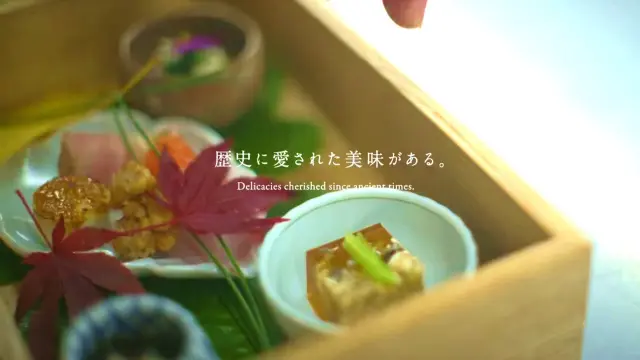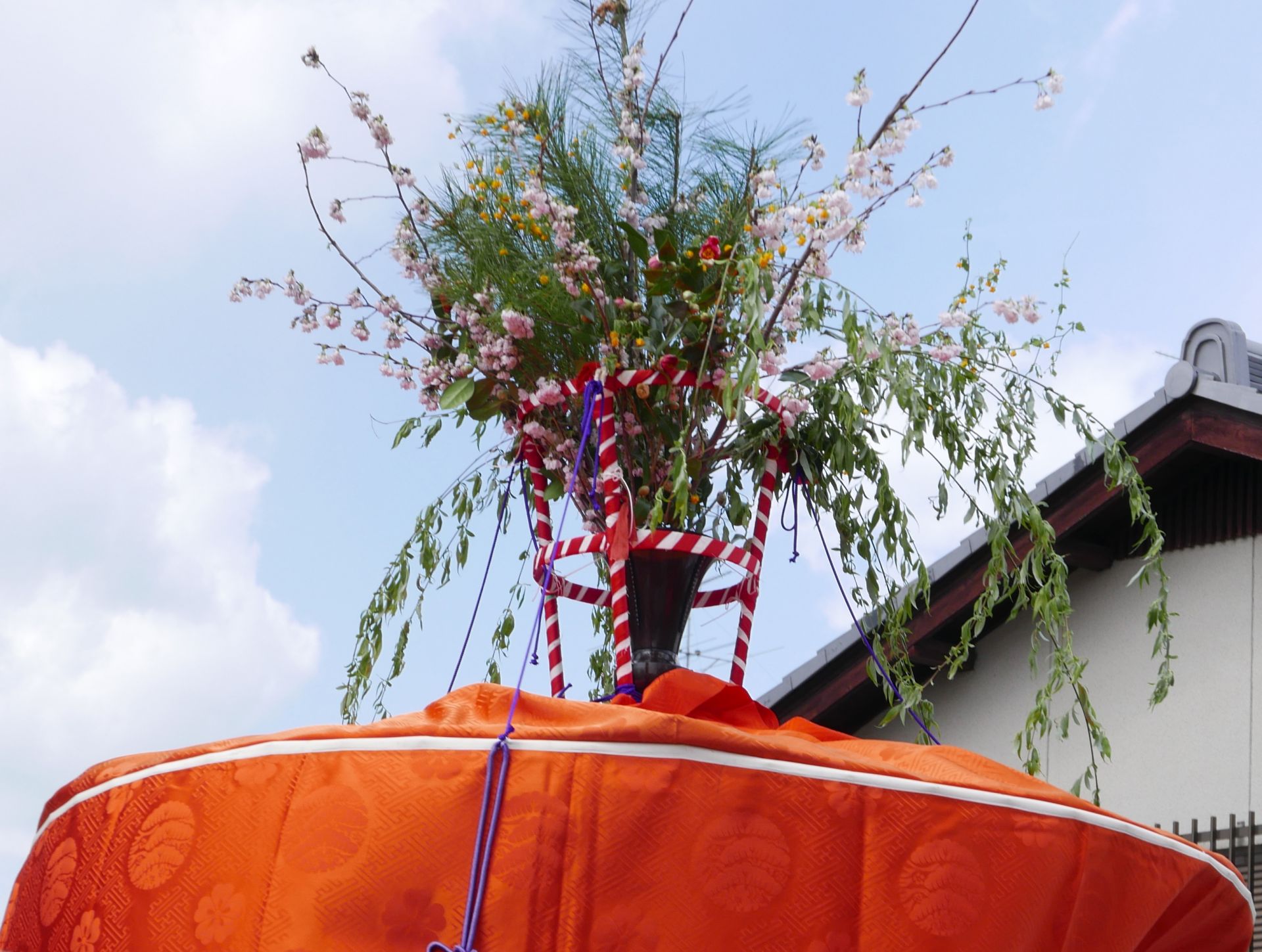
Yasurai-Bana
Last update
Kyoto City, Kansai
Nationally designated Important Intangible Folk Cultural Property
An unusual, brilliant, and splendid Kyoto festival offering a prayer to ward off disease that has been carried on for over 1,000 years.
The Yasurai-Bana is held in a place called Rakuhoku, located slightly to the north of central Kyoto. Although the details of the origin are unknown, this festival was already performed in 1154, the end of the Heian Period (794 - 1185). People of the time thought that diseases and disasters were caused by the grudges of spirits of the deceased. They believed that these spirits scattered with the cherry blossoms as gods of pestilence, and the Yasurai-Bana began as a ritual to render the spirits harmless. Ever since then, the locals have continued the tradition in an unbroken line for over 1,000 years.
Traditional musical performances that have been carried on for over 1,000 years and can still be found in Kyoto to this day. The gods of pestilence attracted by the cheer of springtime are lured into a festive flower umbrella, and then rendered harmless in the Yasurai-Bana festival.
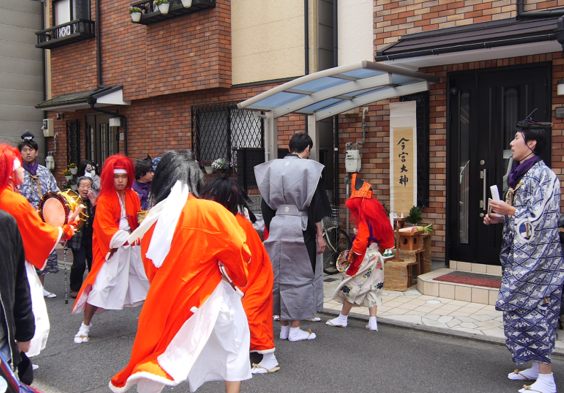
Imamiya Yasurai-Bana
Originally, the Yasurai-Bana (bana/hana meaning “flower” in Japanese) referred to the flowers decorating the top of the umbrella. Nowadays, seasonal flowers such as cherry blossoms and camellias adorn the umbrellas, however, it is thought that in the past, grass was bundled together to ward off sickness. The gods of pestilence, flying around in a frenzy due to the spirit of the flowers, are lured into flower umbrellas by people dressed in showy costumes to the tune of gongs and drums, and the umbrellas are then carried to the shrine where the gods are rendered harmless.
The Yasurai-Bana, which continued to mesmerize the gods of pestilence became more showy over time. By the end of the Heian Period, the costumes became too ornate, and the ritual was forbidden by imperial decree. Later, the ban was lifted and the festival resumed, and its brilliance lives on today. The ritual is held in the four areas of Murasakino (Ueno), Nishigamo (Kawakami), Kamigamo, and Unrin-in (Genbu) from April to May, the season when the cherry blossoms fall from the trees, with slightly different performances and lyrics in each region.
A procession of participants in bright costumes that represent the cheer of springtime. The lighthearted singing and dynamic dancing lasts from early morning to evening.
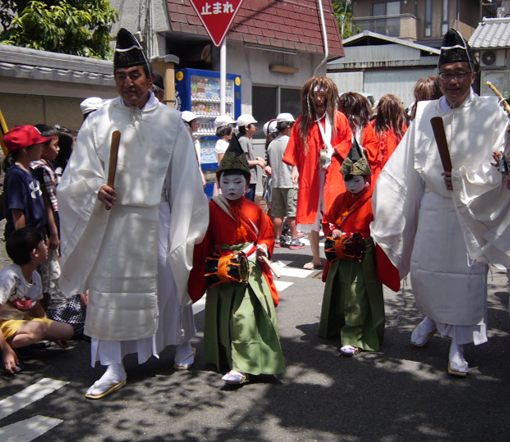
Kamigamo Yasurai-Bana
During the Imamiya Yasurai-Bana, people holding flower umbrellas and a group of dancers holding gongs and drums follow people holding flags, a Shinto ritual tool called a sakaki-dai, a covered chest with legs, and a spear, and a Shinto staff with paper streamers. Local children or young men dressed as oni, wearing red or black dyed wigs and red costumes make their way into the crowd, while musicians with gongs and drums sing “Yasurai-Bana-ya” and march through the town.
The Yasurai-Bana is performed in three areas on the second Sunday of April. The procession that leaves the shrine in the early morning dance around while parading in front of the houses along the route, and continue walking until evening. There is a saying that people who pass under the flower umbrella during this ritual will have good health during the coming year, and that babies who pass under the umbrella for the first time in their life during the festival will enjoy good health throughout their entire lives, so everyone tries to do so.
It is said that if there is clear weather on the day of this festival, the weather will be sunny for all of the festivals in Kyoto that year, and if it is rainy, it will rain during all of the festivals, so participating in this seasonal festival before preparing the fields after a harsh winter is an important way to predict the future for the people of Rakuchu (central Kyoto) and Rakuhoku (area nearby central Kyoto).
When evening approaches, the Murasakino (Ueno) and Nishigamo (Kawakami) processions reach Imamiya-jinja Shrine and the Unrin-in procession returns to Genbu-jinja Shrine, and a dance to render the gods of pestilence harmless brought back with the flower umbrellas is performed.
The Kamigamo Yasurai-Bana is performed about a month after this, on May 15, and departs from the Yasurai-do Hall. The procession pays tribute and performs the dance in front of the Ota-jinja Shrine and Kamigamo-jinja Shrine.
The charms of a modern town, old shrines with long histories, and a mystical forest are all packed into Rakuhoku.
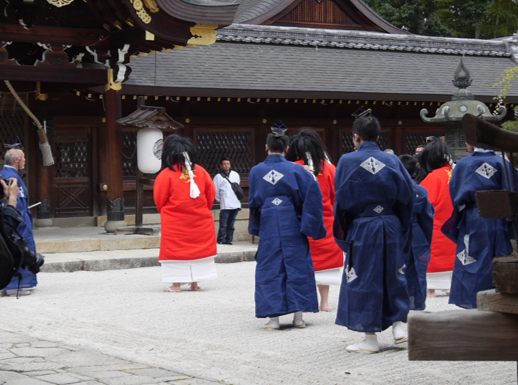
Kawakami Yasurai-Bana
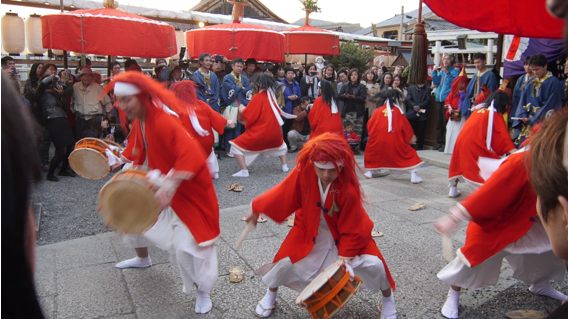
Genbu Yasurai-Bana
Shrines with long histories, such as Imamiya-jinja, Genbu-jinja, Kawakami-daijingu, Ota-jinja, and Kamigamo-jinja are closely connected with the Yasurai-Bana, and all are more than 1,000 years old. Kyoto City is easily accessible by JR lines, Kintetsu Railway, the metro, and the Hankyu and Keihan lines to the center of Kyoto. There are also many buses that conveniently connect stations to each area of the city, however, a relaxing walk is the best way to experience the way people live in Kyoto.
If you head away from Rakuchu and go a bit further toward Rakuhoku and the area surrounded by the Kitayama mountains, you’ll find natural scenery reminiscent of ink brush paintings.
Photos:Kyoto City
Check also...

Consider your accommodation in the Kansai area!

Restrictions on Large Baggage

Hidden Stories in Stone: Exploring Japan’s Castle Walls

Feel Like a Lord: Castle with Stunning Panorama Views

Experience the True Essence of Japan through Castles, Cultural Treasures, and Timeless Gardens
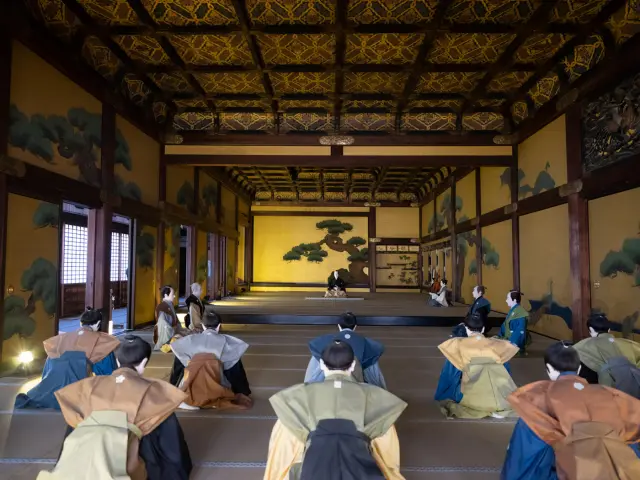
Castles of Tokugawa Ieyasu
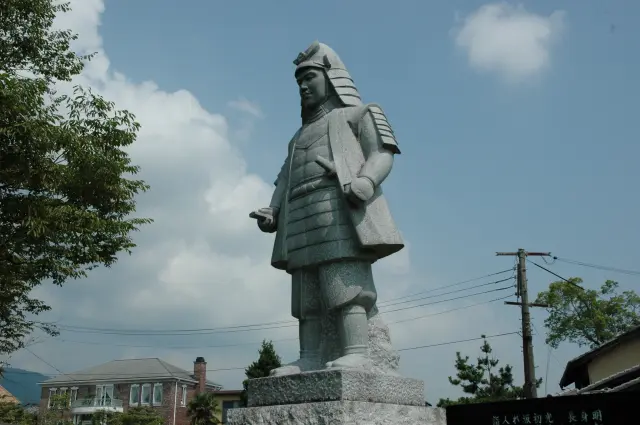
Castles of Akechi Mitsuhide
